When it comes to evaluating antique horse-drawn wagons from the 1800s and early 1900s, the subject of originality comes up frequently. As part of that topic, I'm often asked things like... Did this happen? Did folks do that? How would a builder have done such and such? What did this brand look like during this timeframe? Is this correct? When did this technology start? How do you know something to be true? How can you identify a brand once the paint markings are gone? And so on. The overarching theme to every question involves the desire to better understand the original article.
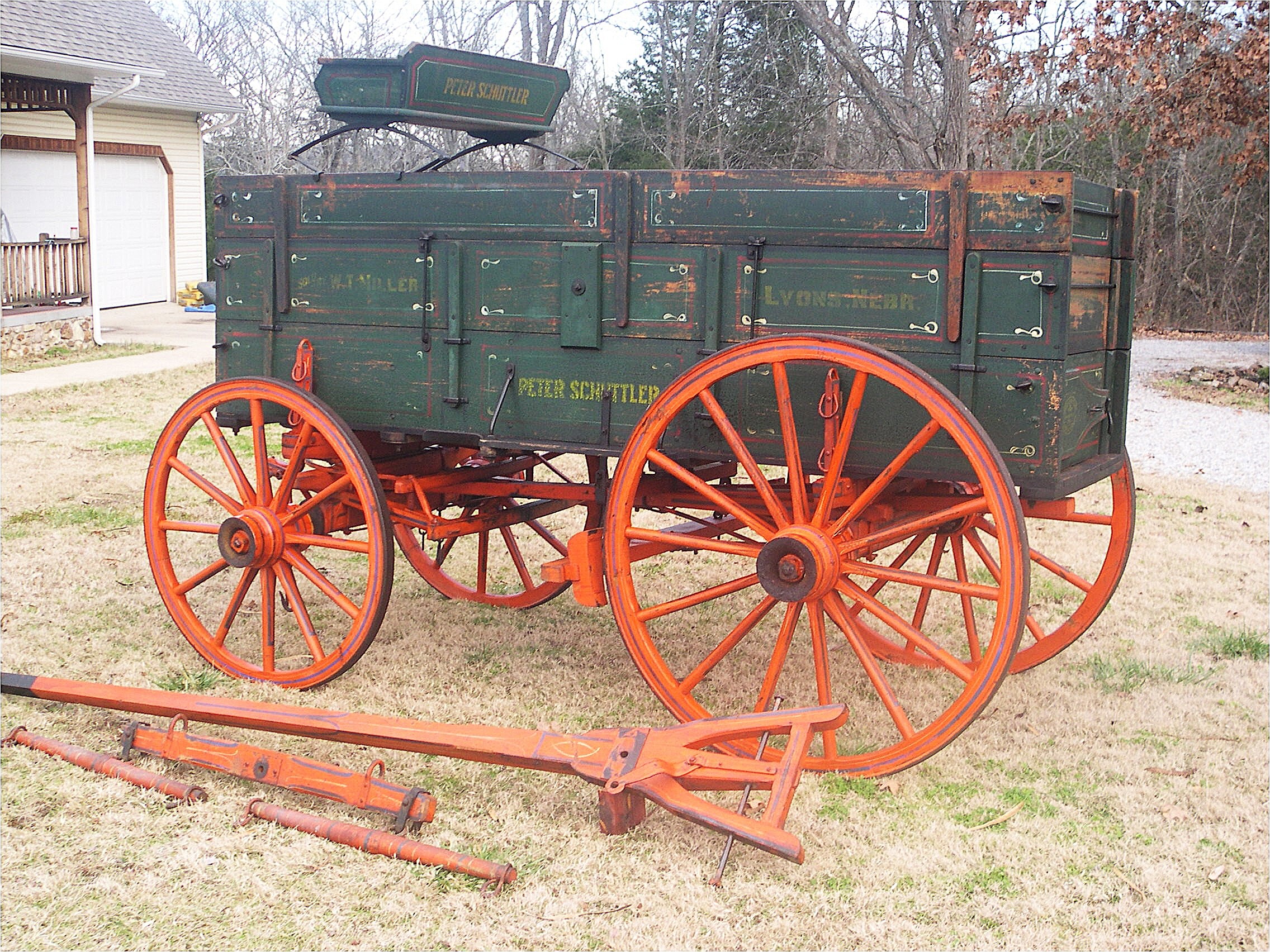
Before we can go much further, we should probably address the meaning of the term - original. According to the Oxford dictionary, the word is best explained in these ways...
Original:
1. Present or existing from the beginning; first or earliest.
2. Created directly and personally by a particular artist, not a copy or imitation.
With those thoughts in mind, authoritative evaluations of brand features and variations often require extensive knowledge of the individual vehicles produced, timeframes of use, technological details, and design differences as well as the effects of time, weather, and other substances on wood, paint, and metal.
With that as a little background to this week's blog, one of the more common questions I receive deals with whether a running gear (undercarriage) and box (bed) of a wagon could have been mismatched during the original period of use. In other words, should a collectible wagon be made up of the same brand on both the box and running gear? The easy answer is... well, there is no easy answer so we'll first address whether boxes and gears were interchanged among different brands. That answer IS easy. 'Yes', it happened. I wouldn't classify the practice as either common or uncommon, just that it's not unusual to see this.
Certainly, a large number of wagons were initially sold with a matching brand name on both the box and gear. However, there were exceptions. Perhaps the farmer, rancher, or businessperson already had either the gear or box and just needed the other. This occurred as parts wore out, were damaged, or destroyed beyond use. Just like today, accidents happened and new elements were needed to replace others. Dealers carried specific brands but could have added or discontinued selling certain ones, making it a bit harder to easily acquire every brand possibility.
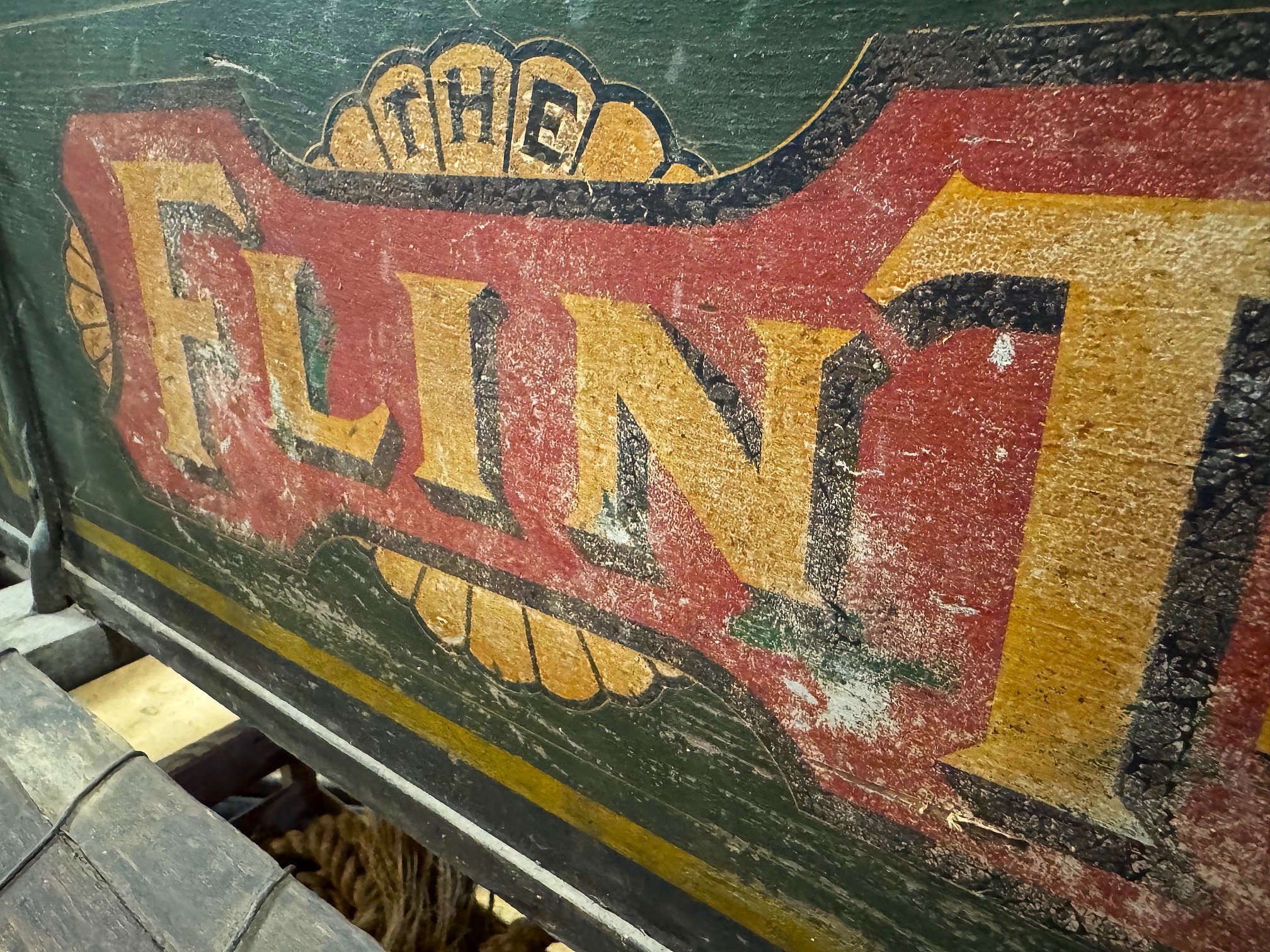
Finances or lack thereof could also dictate the look of a set of wheels. Period users were not collector/investors as we see today, and these pieces were not typically looked upon as unique antiques a century or more ago. Very often, folks struggled just to keep their financial heads above water. As a result, they 'made-do' with whatever was available. Similarly, just as used cars and trucks are sold today, used wagons were sold during America's horse-drawn era and new owners may have desired a box or gear to be replaced by one of a different design or in better condition. This isn't to say that 'anything goes' when it comes to collecting but it's important to understand what did and didn't occur as well as why.
Someone may be saying, "How do you know these things happened?" There are several supporting answers. First, a good general awareness of freighting, farm, ranch, and business needs (even in modern times) gives us a pretty good idea how these things could have occurred. Other evidence comes from builders of 'trade' boxes. These were typically less expensive wagon beds that could be purchased as needed and placed upon an existing gear. Individual gears could also be purchased sans the box. Barn finds also give us strong evidence of mixing and matching during the horse-drawn era. Many beds were interchanged for different uses as well. A person might remove a grain box and replace it with a hay or stock rack, or perhaps a cotton bed or even no bed if the gear was used to haul lumber, wood stock, pipe, or other bulky materials. In these instances, it was easy for original beds to eventually be separated from their running gears. Likewise, as transportation evolved, many wood-wheeled running gears were either replaced or adapted for use with rubber tires.
Even more indisputable evidence showing the mixing of brands comes from period photos that show wagons using a multi-labeled box and gear. Just to be clear, there are instances where brand-mixing doesn't have historic connections. Sometimes, a nice box and gear have been combined just to attract a buyer. Not long ago, I spotted just such a combination; a Mitchell and Owensboro. It made for a good-looking wagon but the matchup was purely for a commercial sale and did not have any history. These pieces can be attractive but the lack of a combined provenance can make them less intriguing to some collectors.
While some surviving boxes have been placed on gears more recently - and well after the original use era - there are others with a confirmed, period combination. To that point, not long ago, I came across a barn find wagon with an older running gear. The box was newer, with a large amount of faded paint and logos still there. The running gear had been repainted ages ago and that paint was chalking. It was difficult to immediately determine a maker on the gear. Both pieces had been together long enough that wear and use marks showed they had been combined for quite a while. After a little time with the gear, I was able to pinpoint a maker and timeframe. It was a pre-1900s Fish Bros. gear with a teens-era Gate City (Winona) box.
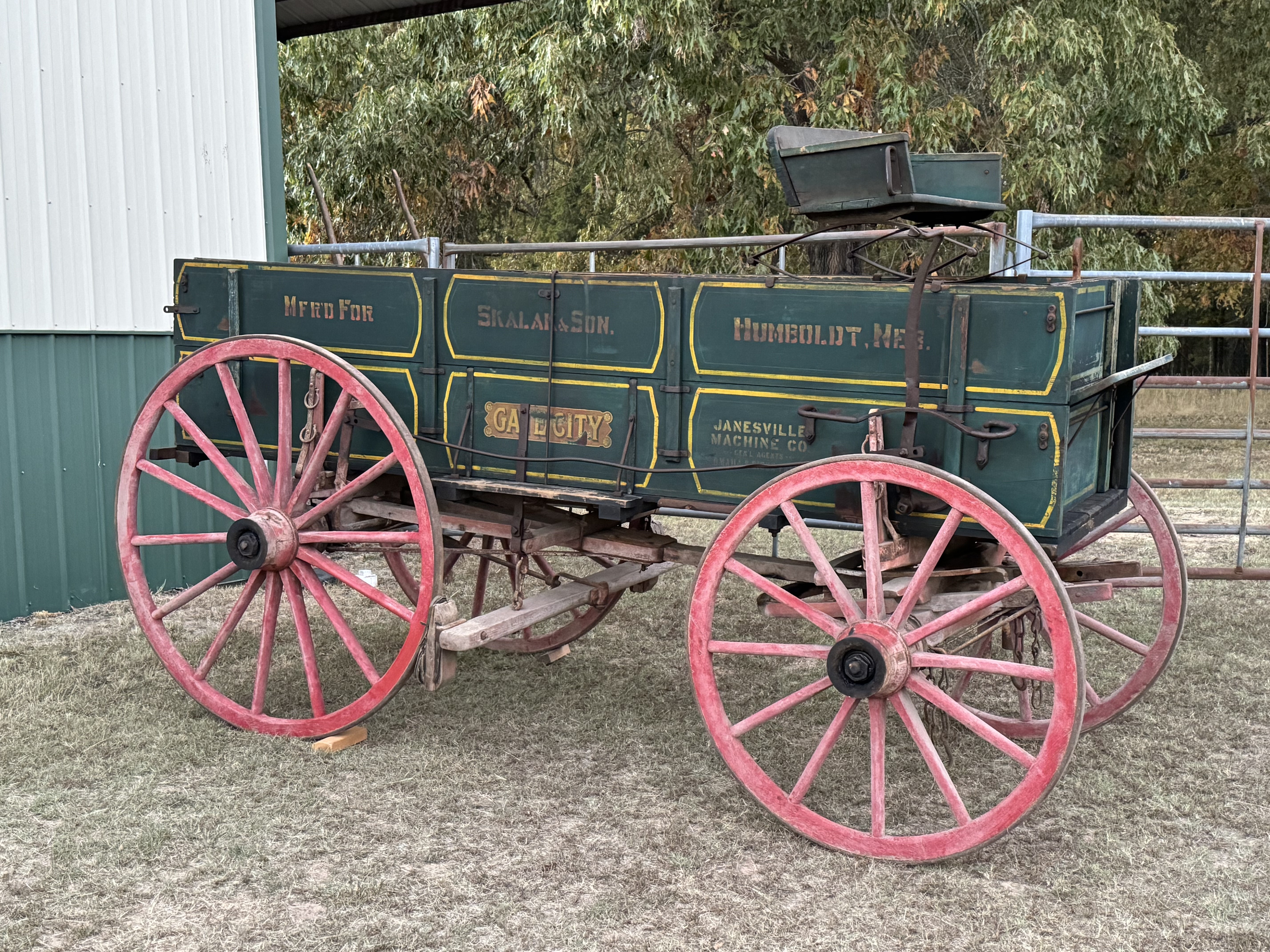
Sheep Camp wagons are another vehicle that can easily have a bed made by someone different than the running gear manufacturer. There were plenty of well-known regional makers such as James Candlish, A. and A.C. Rice, Florence Hardware, Frank George, H.H. Schwoob, E.C. Walker & Co., and more. Many of the beds made by these builders were combined with a different brand of running gear. Other nationally known brands like Winona, Kentucky, Studebaker, and Stoughton wagon companies made both the bed and running gear for Sheep Camp designs.
Ultimately, the process of understanding and confirming originality requires more than a casual knowledge of oral histories or loose proclamations, it comes down to an acute awareness of who did what, when, how, and why. That kind of familiarity not only has the potential of strengthening vehicle provenance but also the long-term value and appreciation for a particular set of wheels.
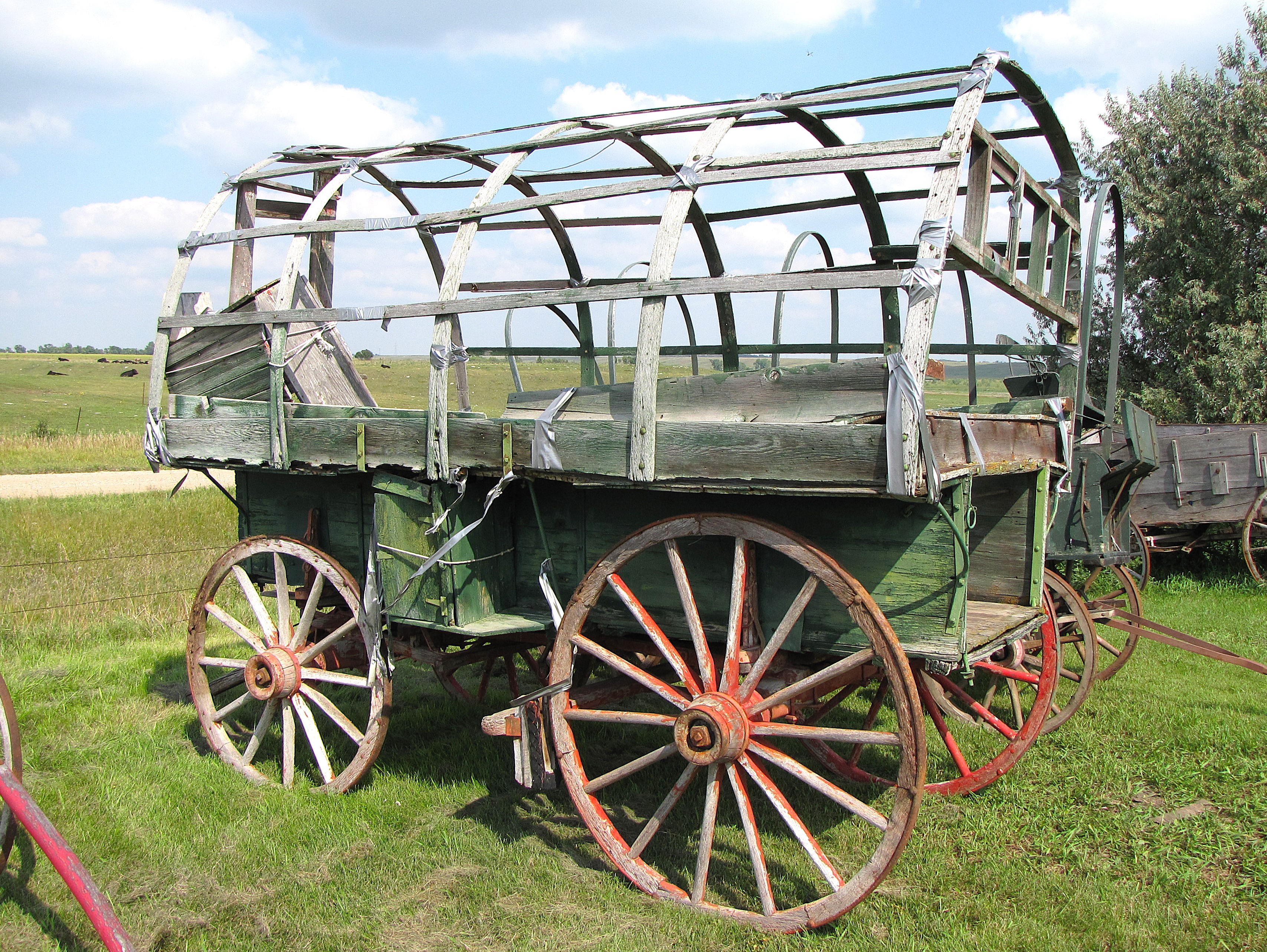
This old Sheep Camp wagon appears to have a Bain running gear.
Beyond Sheep Camps and farm-style wagons, others that could have had beds exchanged during their days of regular use include freight wagons and any number of military vehicles. I've even seen spring wagons with newer beds that had been changed out more than a century ago!
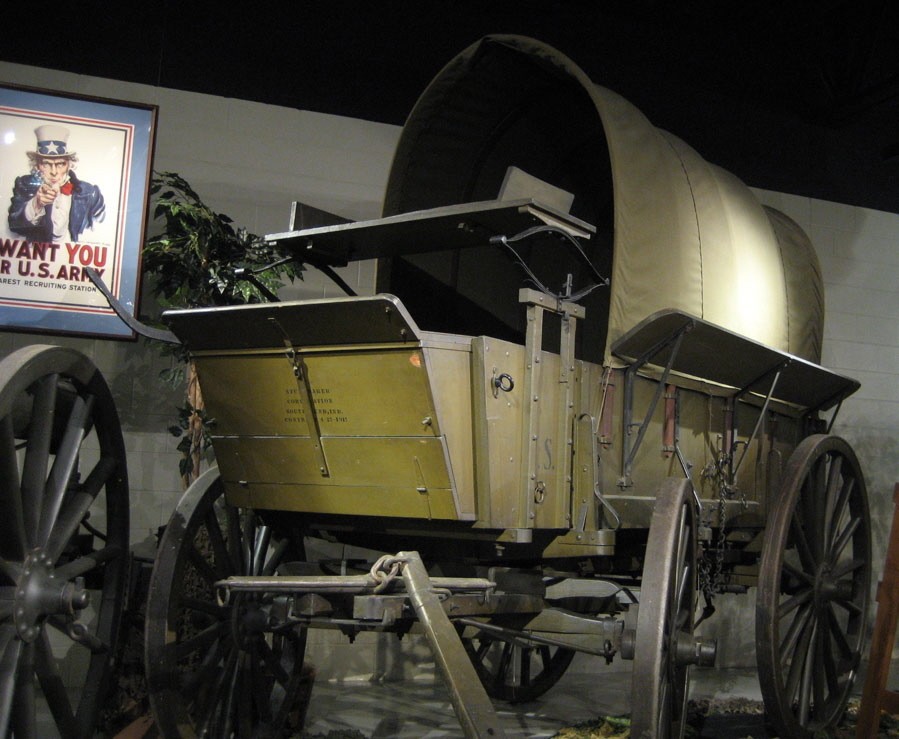
A twentieth-century Studebaker Army Escort wagon.
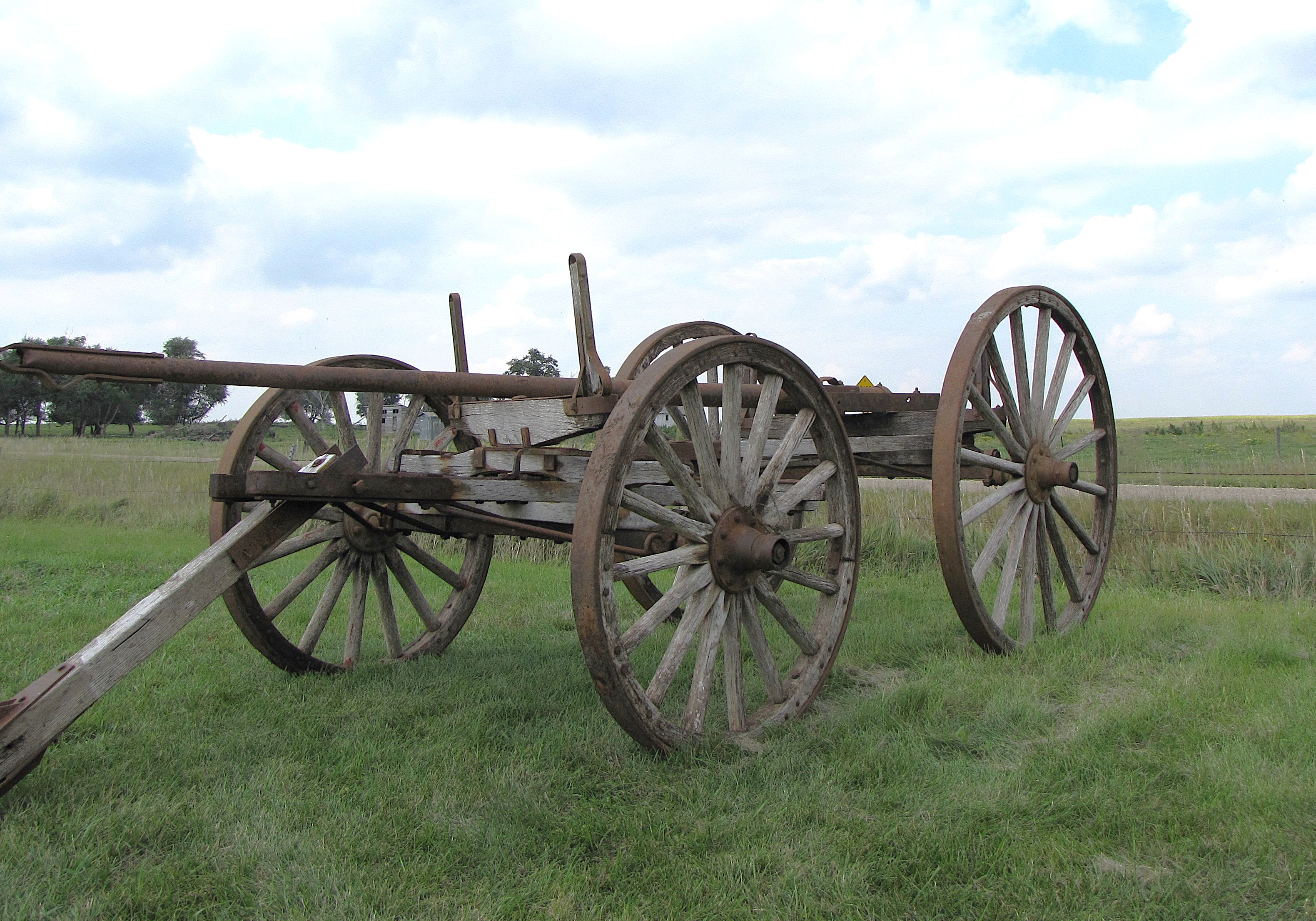
Army Escort gears - especially those made in the twentieth century - were designed to allow all parts from a multitude of makers to be interchanged. Thus, it's possible to find wheels with markings from several makers on one running gear.
Originality can also be impacted by modern paint applications, repairs, restorations, and other adaptations. To that point, there is no limit to the number of wagons I've heard touted as 'all original' that had been repainted or heavily restored. While some wagons definitely do fit that description, others have been significantly altered with modern revisions. Clearly, they are not in the same state as when they were originally built, bought, and used. With that said, it takes a fluent understanding of these machines to identify an original design with period use versus those that have been adapted in more modern times.
In fact, assessing levels of originality in a wagon can lead us into a complex conundrum of consternation. In other words, a headache. With so many features to review, there are countless questions we can ask. If we really want to get down to brass tacks, how sure are we that a particular set of box rods are the same ones the wagon originally had? Are any of the box rod washers missing? Is the end gate of the proper design for the brand? How many missing or replaced nuts/screws can you count? What about the tongue and tongue bolt? Are they original? Are you sure? All of these - and more - transient parts must be carefully reviewed if the reference to 'all original' is to be lived up to. Again, there are a number of original survivors out there but the term is a tremendously high standard.
When it comes to the question asked in the beginning of this blog... Should a collectible wagon be made up of the same brand on both the box and running gear?... the answer will likely always tend to have a disclaimer associated with it. At times, yes, a mixed box and gear can be a great find. At other times, well, it can be a disappointment.
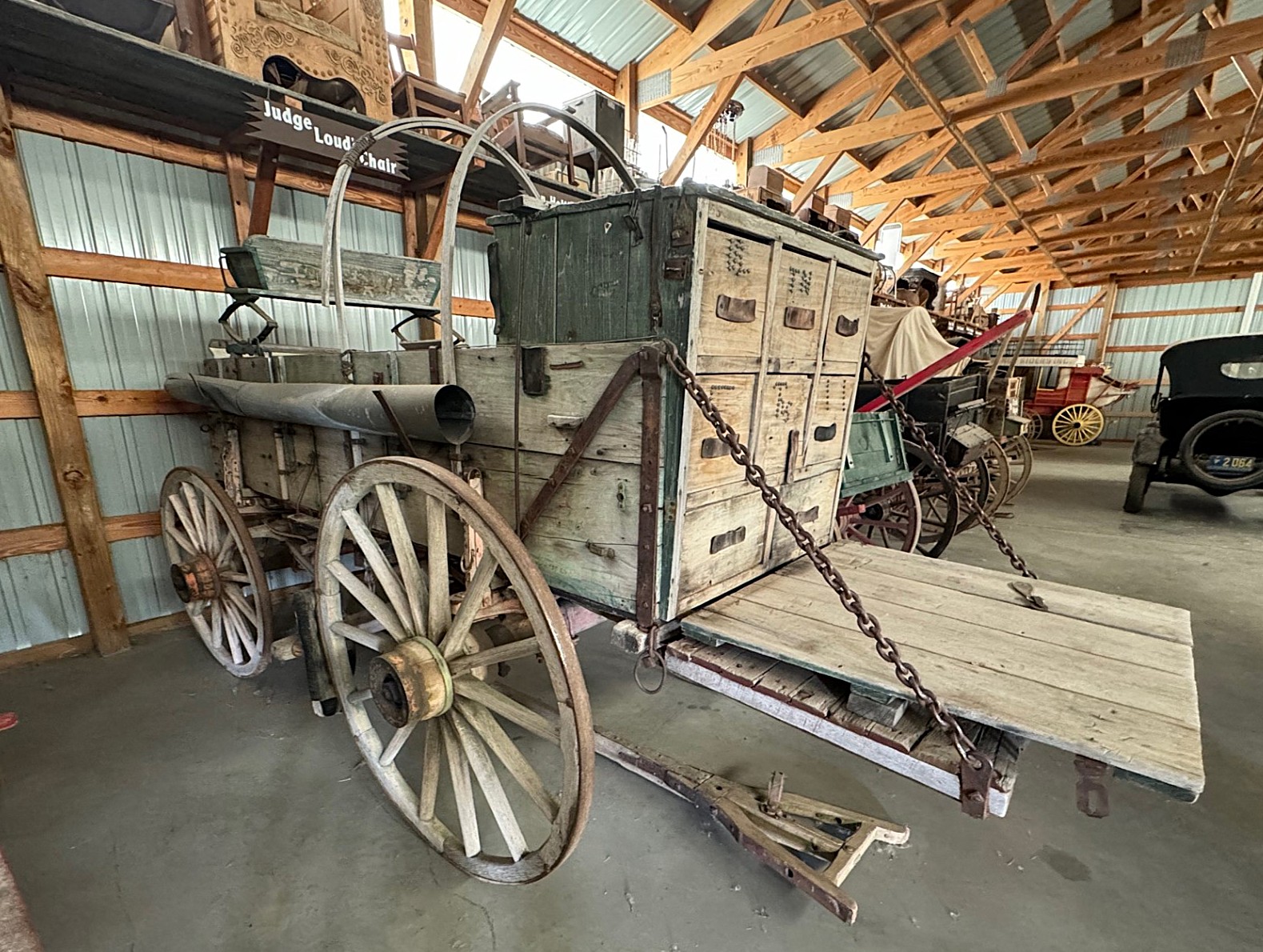
While I've thrown some hard punches at the concept of originality in this post, what I really want to communicate is the value of accurately assessing a set of wheels. There's a lot to review when looking at any vehicle and, especially for collectors, it's advisable to slow down and look carefully before labeling anything with the 'original' tag. Experience can be a great asset as the more of these old pieces a person has seen and intensely studied, the easier it is to understand the real story, separating fact from fiction and misunderstandings from truly original parts of our past.
As a historian, I'm always looking for genuine reflections of horse-drawn history. After all, only by passing along supportable facts can we confidently share truth to subsequent generations. Day in and day out, there can be a big difference between what we perceive as reality and The Way It Actually Was. WTWTW
Ps. 20:7